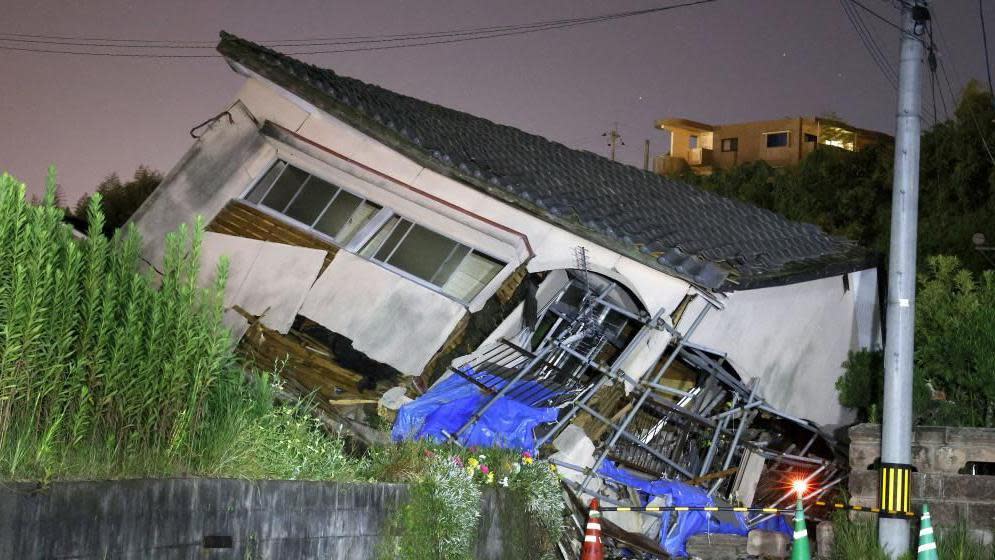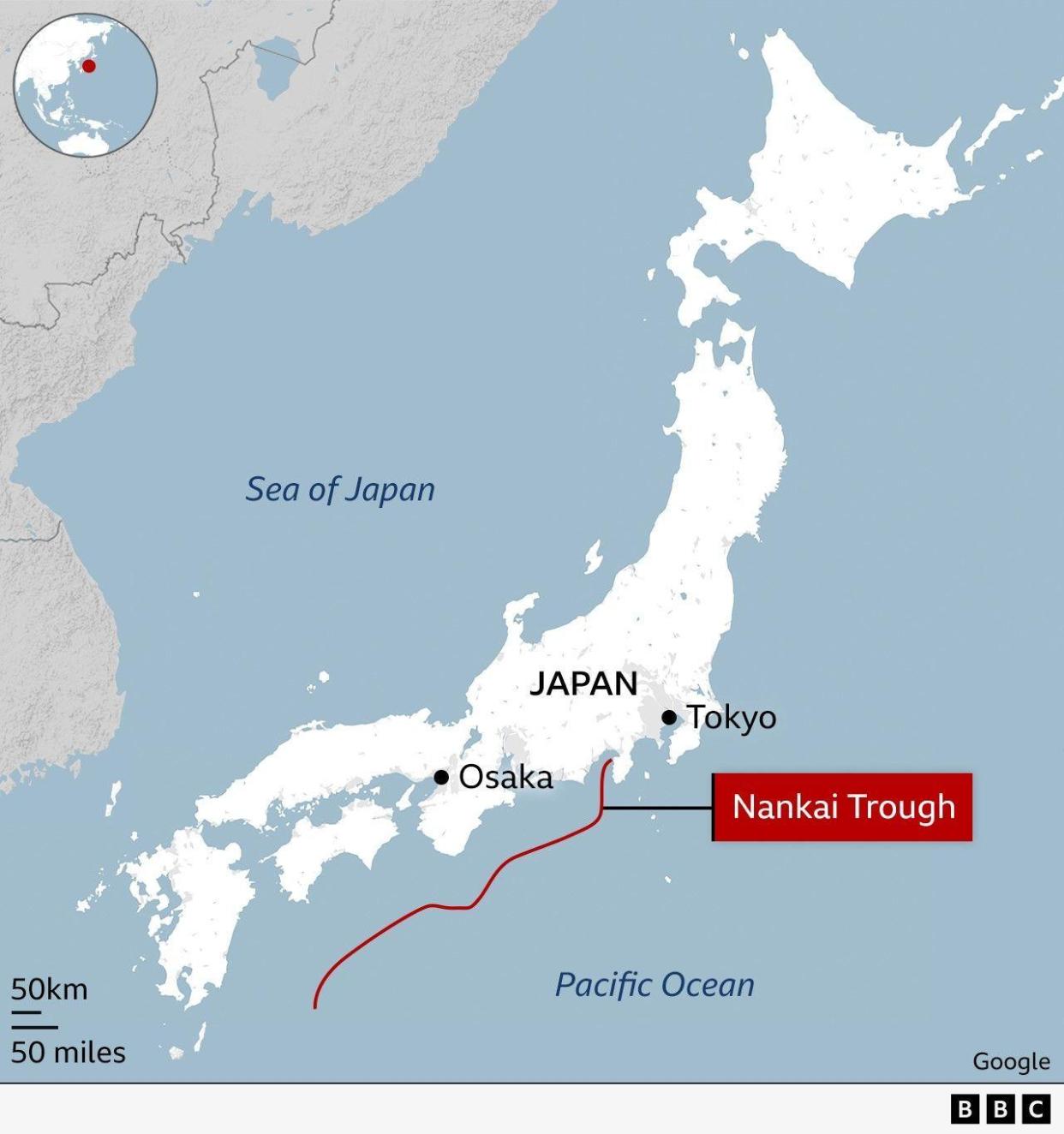Japan lifts 'megaquake' warning after one week

Japan has lifted its warning about a potential “megaquake”, one week after it was issued.
The warning told people to be alert but not evacuate, saying the probability of a major earthquake was higher than usual but it was not imminent.
The Japanese government said it was no longer asking people to take special precautions and they were free to “go back to normal lifestyles”.
Following the warning, thousands of Japanese people cancelled planned trips and stocked up on essentials, while some high-speed rail travel was also affected.
The Japan Meteorological Agency said, as of Wednesday, it had detected no seismic activity indicating any concerning changes in the presumed area where the megaquake could originate, Kyodo news agency reported.
While last week’s warning has been lifted, the risk of a major earthquake is still present, disaster management minister Yoshifumi Matsumura said.
He said no abnormalities had been detected in “seismic activity and crustal deformation” so the call for increased preparedness was lifted at 17:00 local time (09:00 BST).
"But it doesn't mean the risk (of a major earthquake) has been eliminated," he told reporters.
"We have been asking for special precautions, such as sleeping while being prepared to evacuate immediately. But we will no longer ask for these steps, and the people of Japan are free to go back to normal lifestyles," he added.
Last week’s warning came hours after a 7.1 magnitude earthquake hit off the southern island of Kyushu.
Experts were put on heightened alert because of where the epicentre sat - at the edge of the Nankai Trough, an area of seismic activity which stretches along Japan's Pacific coast.
The plate boundary sits between Suruga Bay in central Japan, and the Hyuganada Sea in Kyushu to the south.

After last week’s warning, some shops were reportedly left with empty shelves or forced to put limits on purchases of items like bottled water.
Prime Minister Fumio Kishida cancelled a trip to Central Asia. Some bullet trains also reduced their speed as a precaution.
Previous Nankai Trough earthquakes have left thousands dead. These megaquakes have been recorded once every 90 to 200 years, with the last one occurring in 1946.
Experts say there is a 70% to 80% chance of a magnitude 8 or 9 quake striking somewhere along the trough in the next 30 years, according to the Kyodo news agency. Worst-case estimates suggest more than 200,000 people could be killed in the earthquake and potential subsequent tsunami.






